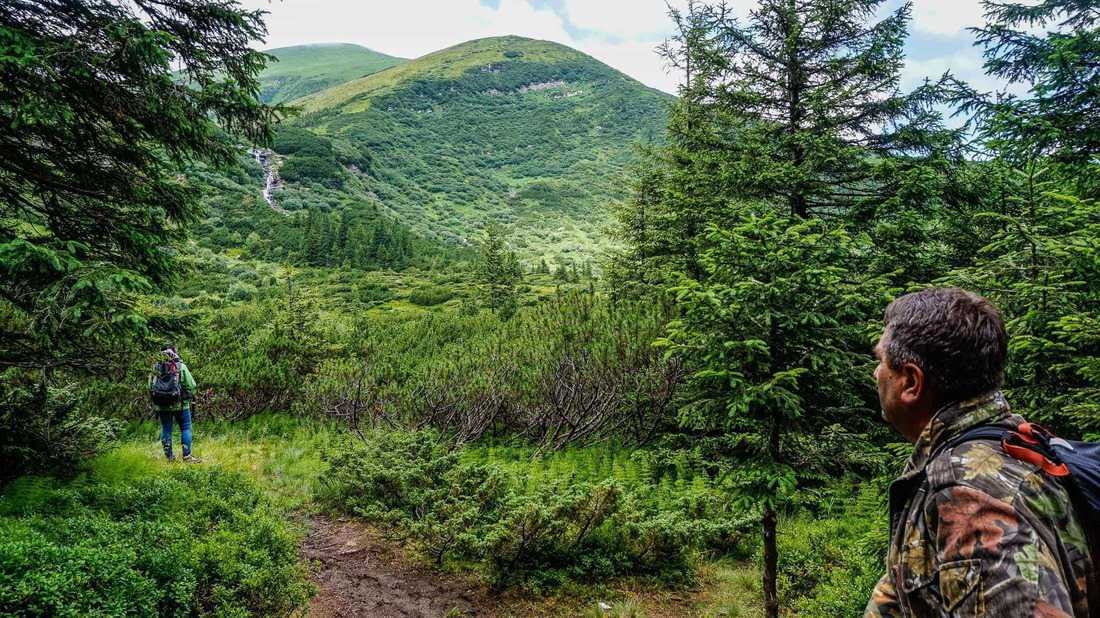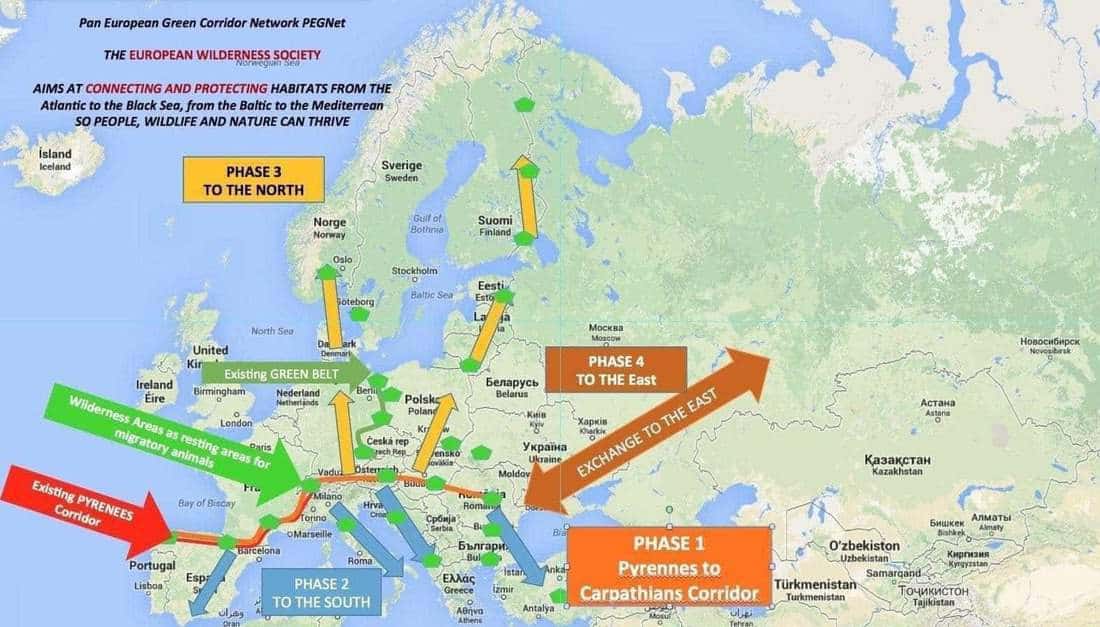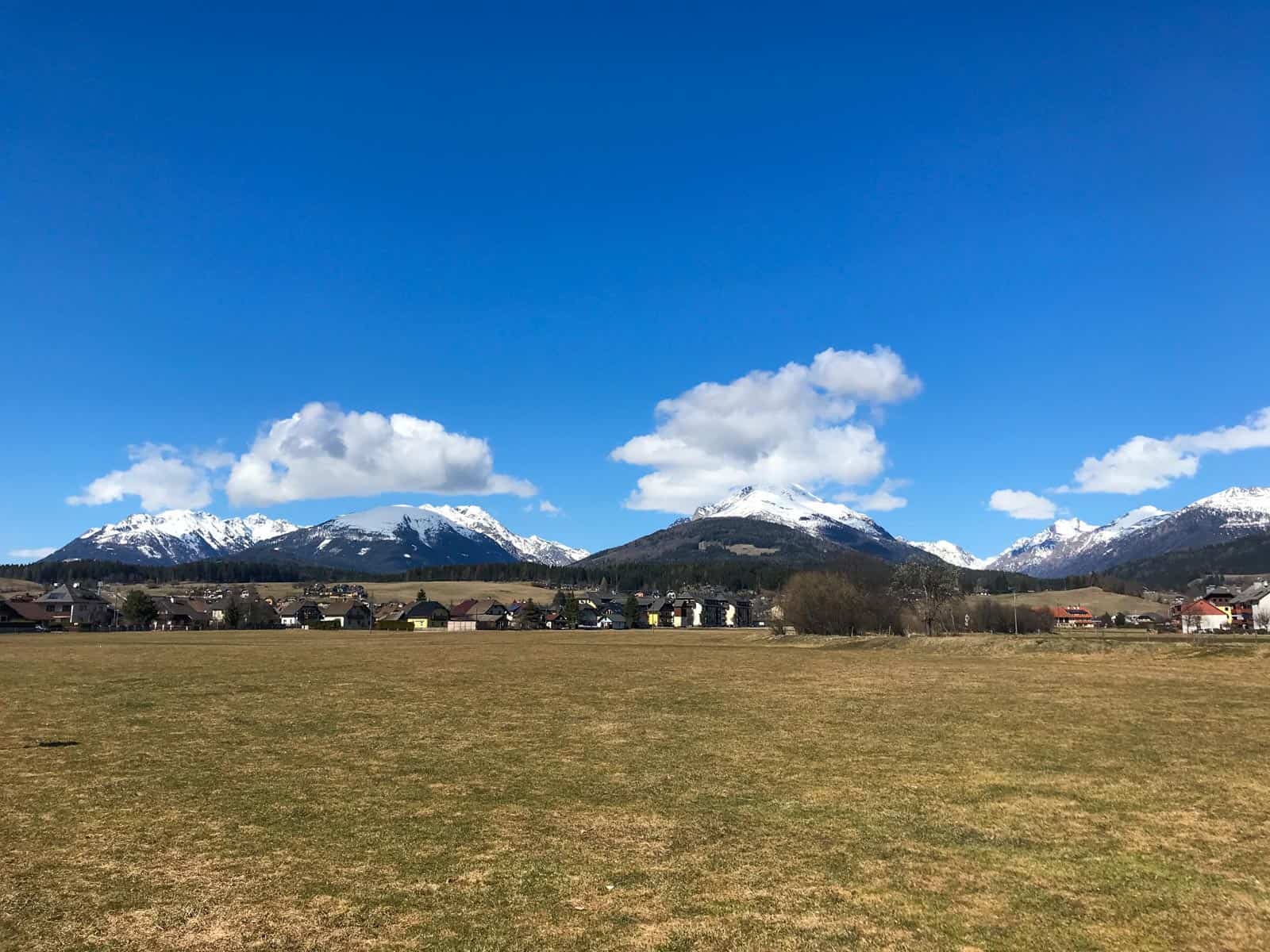Call for Roadless Areas
Conservation scientists urge for immediate protection of roadless areas throughout the world, at the International Congress for Conservation Biology, Montpelier, France. Keeping these areas free of roads is vital for biodiversity and ecosystem services under threat of climate change.
More than 65 million km of roads criss-cross the planet, and the number of roads are predicted to increase in coming decades. This is especially true in developing countries. Roads have many negative effects both on the environment and local societies. Most of them are irreversible. One of the main impacts of roads is that they are followed by more roads, contribute to land use changes like logging, fires or hunting, and promote urban and agriculture developments. Roads have particularly strong impacts when expanding into natural and intact areas, still undisturbed by human activities.
On the other side of the coin, roadless areas are refuges for native animals, they block the spread of diseases and produce clean air and water for humans. These roadless areas are also more resistant to catastrophes like fire. They help animals to move without being killed while crossing the road and keep natural areas connected. These areas are also important for stabilizing the weather and moderate extreme events like droughts or storms.
In spite of the benefits they provide to people, roadless areas are under risk, because of growing pressure to access markets and natural resources. The International and European Congress for Conservation Biology opened Monday with a symposium on the conservation of roadless areas. At the congress, scientists urged for identifying areas that remain road-free, and to protect them with legislation and accurate road planning.
More than 2000 conservation professionals discuss this topic and other important issues during this week at the International and European Congress for Conservation Biology in Montpellier.









One of the things at the very core of this issue is the benefit of roadless areas for wilderness recreation so it is important to stress this distinct value as well as the biodiversity benefits.
What a challenging issue!
I completely agree with Jim.
To preserve roadless areas and to prevent further fragmentation of natural and seminatural landscapes is necessary act immediately.
We could start from the following points:
– The 2014 IENE International Conference ended with the declaration “Protect remaining roadless areas” (see . It is a good starting base!
– Now we need a working definition of “roadless area”. It’s not so easy to define it, because the concept is scale dependent and the edge effect is habitat- and species-specific. Perhaps we could consider it a continuum and use some tresholds…
– EU should to approve such a “Roadless area” definition.
– Another very useful action could be the immediate stop of further fragmentation in existing protected areas and Natura2000 sites.
Roads are a plague.
To understand the true harm of roads, you must first understand what biologists call “edge” and the consequences of “edge-effects”. A forest criss-crossed by roads may be only edge habitat. There may be little conservation value left. A heavily roaded forest may be biologically dead.
When a road cuts through an intact forest, it creates a long swath of what’s known as “edge habitat”. This is not a line but a zone of impact. This edge habitat has a different microclimate, structure and vegetation than the intact forest and this difference may extend two to three hundred feet from the road into the forest. Exotic weeds colonize the edges and use that base to colonize openings in the intact forest. The edge habitat created by roads can be more persistent and damaging than those created by clear-cuts.
Many species learn quickly that anywhere near a road is maybe someplace they might not want to be and they may move out of an area as a whole. They exhibit ‘road aversion’ and as roads enter their territories, they just leave. Species of deer, moose, bear, lynx, wolves and badgers avoid roads, as do many birds. Lapwings are particularly sensitive to traffic noise pollution and can undergo drops in population density from the presence of a road over distances ranging between 200m to 2000m. One Dutch study demonstrated that some bird populations can be displaced by nearly 2000m from busy highways.
No good.
In northern Finland, researchers found that in an area of uncut old growth forest, a long-term population decline of birds associated with old growth occurred in association with an increase of roads into and around the area.
Then there are the issues of cutting up the habitat, pollution, noise, increased occurance of fire and so on.
This is all just for wildlife. Humans also need the ability to get away from roads, population centers and the constant noise, pollution and danger brought on by constant vehicular access.
One of the best things a nation can do for its biodiversity is to embark on a wide-spread road closure and rehabilitation campaign.